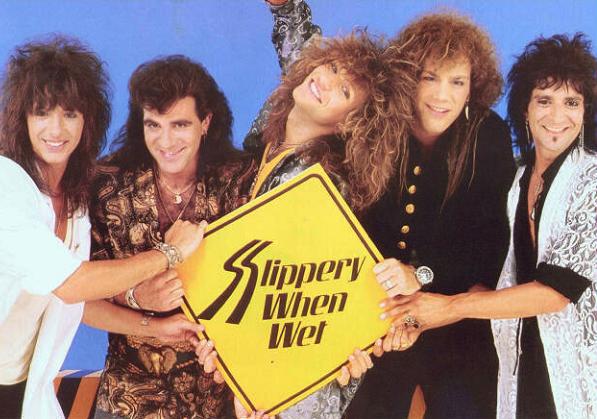Slippery When Wet? 8 Steps Employers Need to Take Immediately After a Slip and Fall

The Illinois Appellate Court recently released a very important decision for employers in Illinois answering the question: Is concrete slippery when wet? Luckily for employers, the answer to that question is a resounding “no” thanks to the holding in Dukich v. The Illinois Workers’ Compensation Comm’n, 2017 IL App (2d) 160351WC.
As the defense attorney who tried this matter, I can share some guidelines this employer followed resulting in a win.
One: Show The Court (Literally) What Happened
Securing the video of an alleged incident is probably the most important thing an employer can do after a slip and fall. Here, the employer located and preserved the video. It showed the Court how the incident occurred, the conditions outside, and what the petitioner was carrying. The video also showed the petitioner traversing back over the alleged “slippery” area in question without slipping. Most cases are tried years later and the petitioner’s “story” can change. Showing the Court a video of the incident makes it difficult for the petitioner to misstate facts.
Two: Immediately Investigate
It is critical to immediately examine the area where the employee slipped. Here, the Head Groundskeeper and another Groundskeeper inspected the sidewalk in question for ice, snow or a defect in the concrete. This proved to be critical testimony at trial to depict there was no hazardous condition. Employers should immediately investigate by taking notes and photos, preferably by a qualified employee in the maintenance department or a supervisor. The more details obtained the better.
Three: Have Witnesses Complete Detailed and Signed Written Statements As Soon As Possible
Memories fade with time and when an individual is called to testify at trial years later, the written statement he or she completed can be used to “refresh” his or her memory. Here, the employer had the three witnesses complete detailed, signed witness statements. They all testified at trial and, though their memory of the incident was not as clear, their witness statements were available to jog any memory lapses. Also, two witnesses who had moved on were located using contact information provided on these statements.
Four: Don’t Forget About Before the Fall
Did anyone see, walk across, or inspect the area in question before the fall? Here, the Head Groundskeeper testified he inspected the sidewalk for any ice or snow half an hour before the fall. He documented those prior inspections in his written statement. Employers should consider regular inspections by maintenance/janitorial employees with an internal record-keeping system.
Five: Don’t Forget About Your Best Witness
Sometimes the best evidence at trial is the statement given by the petitioner. The sooner the statement is taken, the more accurate it is likely to be. That statement can be used during cross examination. Here, the claims examiner took a detailed statement from the petitioner within days after the alleged accident.
Six: Witnesses Do Not Have to “Witness” The Alleged Accident
Don’t let an unwitnessed slip and fall deter the investigation. Always err on the side of overkill with regard to securing information. Here, the most important witness statements were from the Groundskeepers who documented their investigation of the sidewalk both before and after the incident. What might seem unimportant at first may be critical later at trial.
Seven: Use the Petitioner’s Own Words Through Witnesses
Here, the petitioner’s own words immediately after the fall became important at trial in determining how she fell. A Police Liaison testified that he responded to the incident 30 seconds after petitioner fell. Petitioner told him, “the rain, the water” made her fall. Her own words confirmed she did not think she slipped on ice, snow or a defect in the concrete. Employers should add a section to witness statements asking if the injured individual said anything after the incident.
Eight: The More, the Better
When it comes to witnesses, don’t assume one person is enough because “everyone will say the same thing.” In fact, many times it is the exact opposite. The more people who can paint the same picture, the stronger the employer’s chances are for a favorable finding.
Final Thoughts
A slip and fall can be a chaotic and stressful situation for all involved. While the first priority should be the injured worker’s medical treatment needs, employers should not wait to investigate. Using the eight points above, employers can mitigate their workers’ compensation exposure through a detailed investigation protocol that can be applied to all workers’ compensation claims, including slip and falls.
To read a copy of the Appellate Court decision, click here.
For any questions regarding compensability of slip and fall case, contact Kelly here.